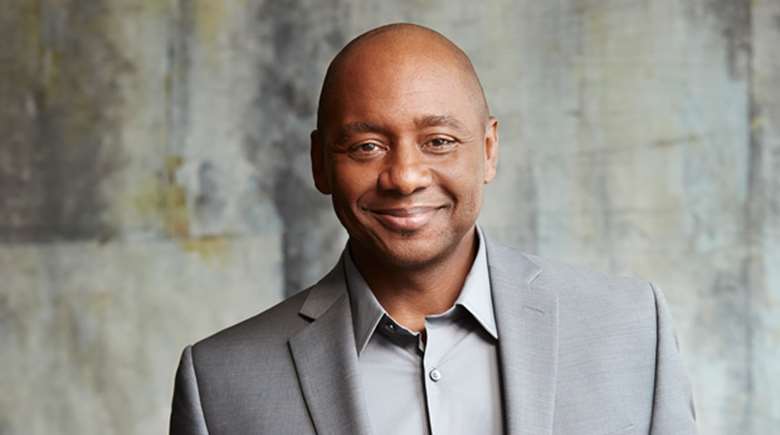Branford Marsalis – Spiritual Soliloquy
Thursday, October 8, 2015
Branford Marsalis has always tackled every musical challenge head on – be it playing arenas with Sting, freewheeling improvised rock with the Grateful Dead, primetime US television shows or leading one of the hottest quartets in contemporary jazz.


Register now to continue reading

Thank you for visiting Jazzwise.co.uk. Sign up for a free account today to enjoy the following benefits:
- Free access to 3 subscriber-only articles per month
- Unlimited access to our news, live reviews and artist pages
- Free email newsletter